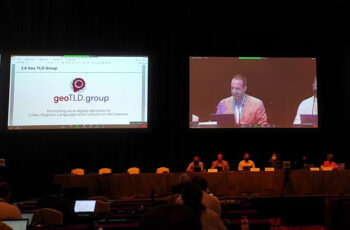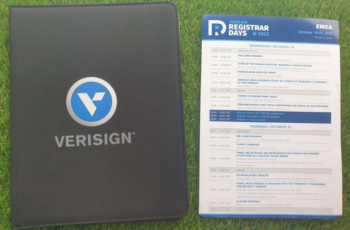From TCP/IP to social networks, the web has evolved a lot in the last 35 years. At the heart of the Internet’s architecture since its beginnings, the DNS system has a real capacity to carry formal elements of context, content, and even trust and certification.
To set the scene for this use of DNS, let’s start with the context and the ability of DNS to inform. Indeed, for several years, a whole series of new TLDs have appeared. First of all to designate content contexts (.info, .biz), to designate linguistic/geographical communities (.cat .bayern .swiss), shared principles (.bio .faith), industrial sectors (.space .sport .aero) or others (.yoga .club). Here, the extension signals the membership of the DNS to a particular targeted community.
Despite this opulence and the commercial success of the sale of these DNS, the logic of contextual DNS has not taken hold. On the one hand, we can see that .com has not lost its luster: very long URLs, complex to read and write, are now the norm for new websites. On the other hand, much of the registration activity around new TLDs is focused on brand protection and the use of acquired URLs as aliases for historical domains.
The outset of a contextual web
For the end-user, this situation generates a lot of “losses” – a loss of energy (because searching instead of finding takes time), a loss of attention (because you don’t find what you want easily), a loss of value (because the time wasted in finding your way around is not used to do anything else) and finally a loss of trust (by facilitating abuse by the domain name).
In order to optimize the value produced by URLs, it would be necessary to use the DNS – and mainly the new community TLDs – as an informational tool, as a first simple and accessible way to facilitate the understanding of the services offered, the nature of the proposition and the promise of added value.
From RATP.fr to Metro.Paris
To put this point of view into perspective, let’s take the example of a tourist who arrives in the French capital and is looking for information about public transportation. What is the most relevant URL to provide him with information about travel in Paris: ratp.fr as it is now? Or metro.paris? The question is of course rhetorical.
As soon as we formulate this query with the two URLs side by side, the answer seems obvious: metro.paris gives a clear information about the added value promise of the web service to any person who knows the two words separately. This DNS metro.paris contains a clear informational promise: it clearly indicates both the subject of the content (metro) and the place concerned by this information (Paris). The informational promise is clear and can be kept.
In contrast, the address www.ratp.fr is not intuitive and can only be clearly understood by pre-existing users of the transport company. This URL only reflects a legal structure, i.e. the name of the company that operates the transport lines and the country in which this company is based.
While these categories of domains have existed for more than fifteen years, their economic importance has only grown, particularly in the field of brand protection (or conversely, speculation). From now on, these community DNS can become real tools for tomorrow’s Internet.




